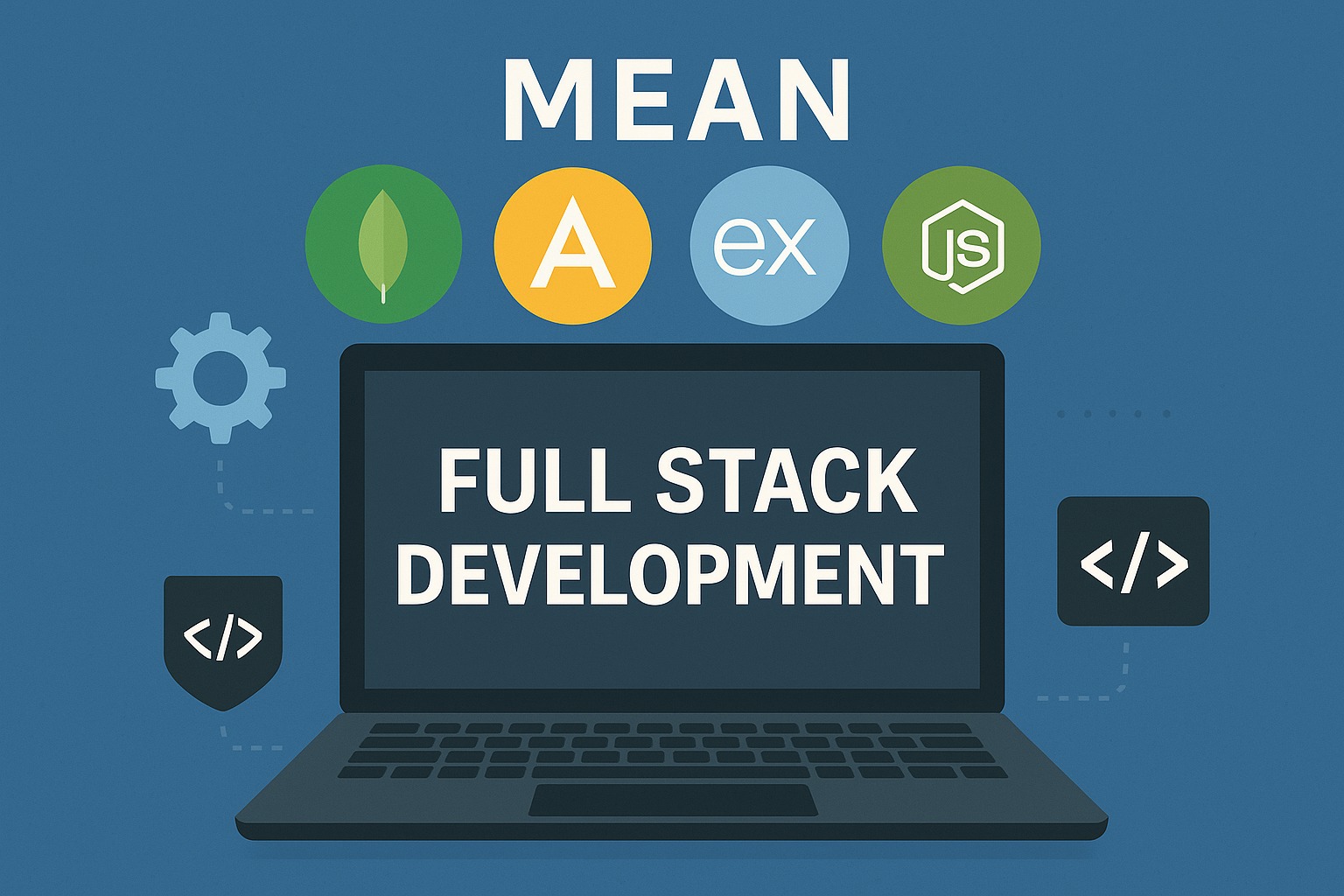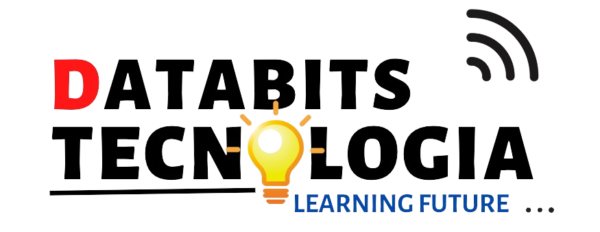
About Course
Description:
- MongoDB: The NoSQL database component where you store data. You’ll learn how to structure, query, and manipulate data, along with best practices for database design in MongoDB.
- js: A web application framework for Node.js, which simplifies server-side development. Topics include setting up RESTful APIs, handling requests and responses, and managing middleware.
- Angular: A front-end framework developed by Google, used for building interactive user interfaces. This part of the course focuses on Angular components, services, routing, data binding, dependency injection, and working with Angular CLI.
- js: The back-end runtime environment, which allows JavaScript to be used on the server side. Topics include setting up servers, handling HTTP requests, creating APIs, and managing asynchronous programming in JavaScript.
- Integrating Components: The course will focus on combining these technologies to create a full-stack application. You’ll learn to connect Angular with Express APIs, manage data between the front end and MongoDB, and deploy the application.
- Deployment and Version Control: Many courses cover deployment practices (like using cloud providers) and version control with Git and GitHub, essential for production-ready projects.
Since you have a background in CRUD projects and using Angular CLI, a MEAN Stack course should help you tie everything together and build complete, data-driven applications! Let me know if you’d like more info on any of these specific areas or the setup process for a MEAN project.
Course Content
Introduction to MEAN Stack
-
Overview of the MEAN Stack architecture
-
Setting up the development environment
-
Installing and configuring Node.js, MongoDB, Angular CLI, and Express
